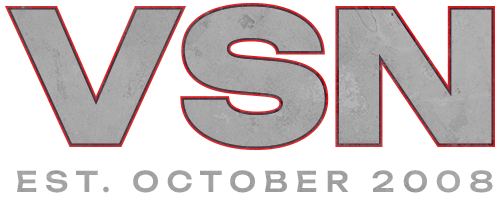It appears Jacobs is playing on a different speed than the defense – and it was told to me this week that this is being used as secondary part of the Giants’ strategy, as a byproduct of making the dynamic Ahmad Bradshaw the starter and feeding the smaller back two-thirds of the carries for more than half of the season. Jacobs has never gotten through a 16-game schedule healthy and says he’s feeling better now than in any December of his career. That’s the point – Jacobs is much healthier and thus, stronger and faster than the opposition at this point of the year, allowing the Giants to maximize their advantage by utilizing his smashmouth style to the fullest during a potential postseason run. At this time of the year, Jacobs usually is beaten up, himself, and has been much less effective. Remember how during the 2007 postseason he was limited to 197 yards on 62 carries (3.2 avg.) over four games during the Super Bowl run?
Here’s the breakdown – and we won’t count his 2005 rookie season because he was not a key part of the offense at that time. Injuries have limited Jacobs to 21 of the 26 games the Giants have played in the December-January-February months since the 2006 campaign. He’s had just three of his 11 career 100-yard games (including postseason) and been held to less than 50 yards six times during this 21-game sampling, carrying 266 times for 1,081 yards (4.06 avg.) – which is far below his 4.5-yard career average (including postseason). In other words, he’s averaged 4.65 yards outside of this late-season window.
So before you ask yourself why Jacobs had only had two second-half carries against Washington in this victory – remember that the Giants were up, 21-0. Jacobs’ job in setting the tempo and softening the defense was done, so there was no need for him to deliver and/or take any further punishment. Bradshaw, the quicker and shiftier back, runs with a style that avoids contact, making him less of an injury risk. By the way, Bradshaw’s 97 yards on 25 carries put him at 1,013 yards for the season.
